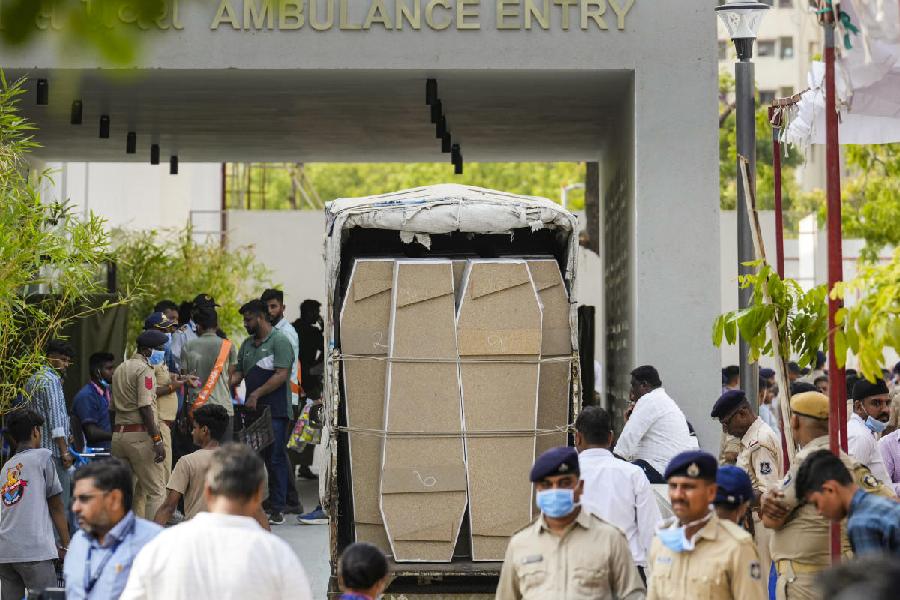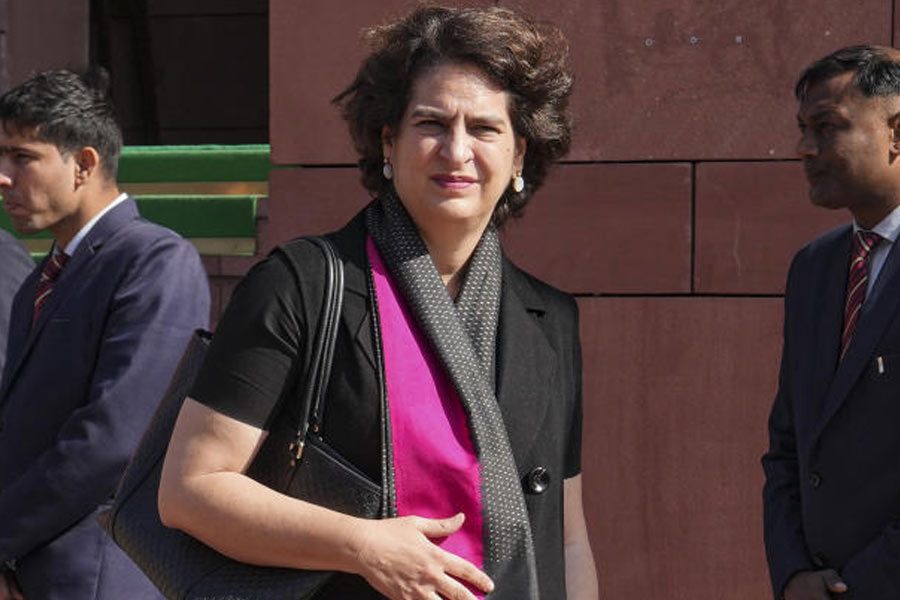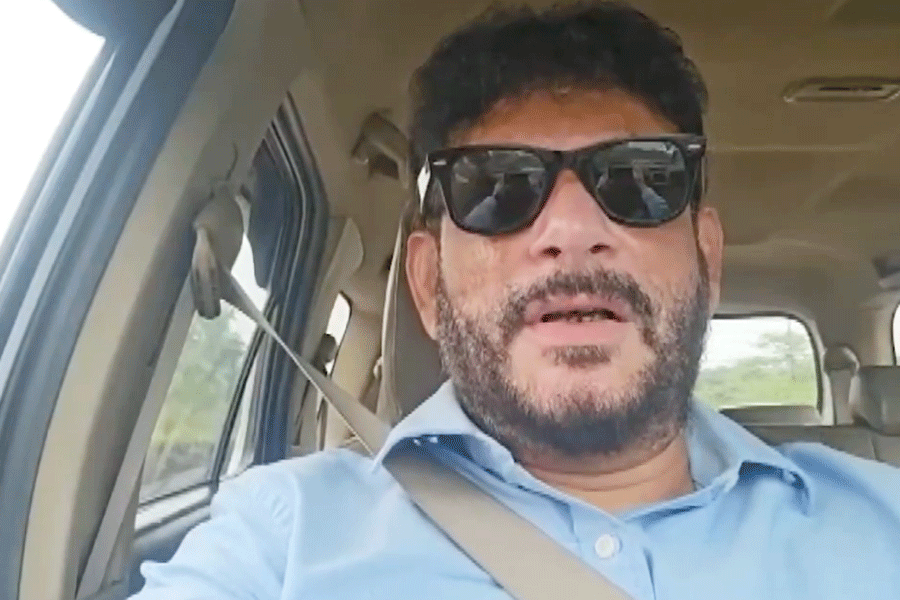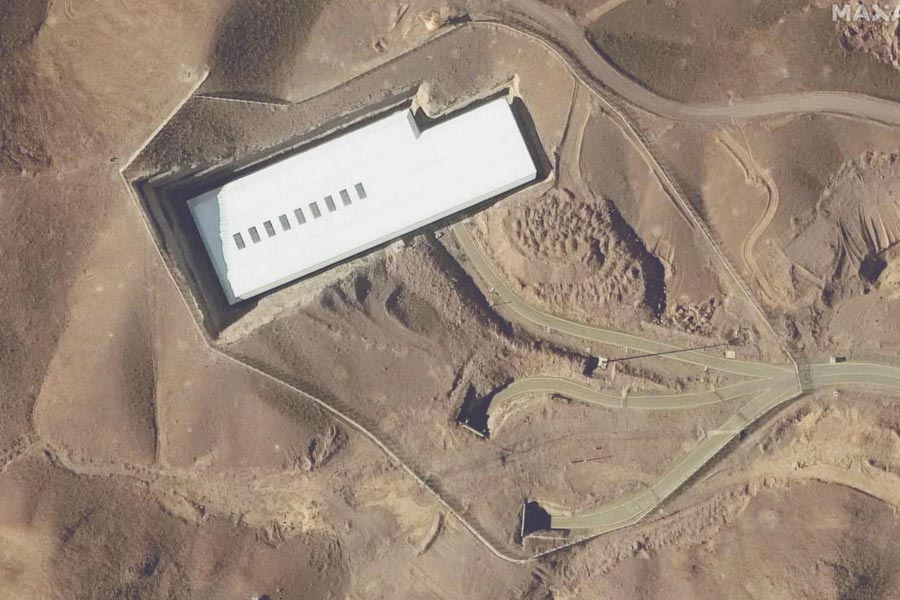 |
Consumer electronics spending may well be on the decline, but worldwide smartphone spend and growth is way up. Early this year, one model looked to sizzle and revolutionise its maker’s fortunes with an awesome feature set and the promise of being Nokia’s first true touchscreen phone. No prizes for guessing — the N97 was one of the most anticipated N-series phones to date.
But that was then, and this is now. The N97 enters at a time when the market is abuzz with newer entrants like the Pre and the Android based phones from HTC and Samsung. So it would have to pull out something really special out of the bag to command the ‘flagship phone status’ that it wants.
The N97 has the specs down right, for starters. It comes with a whopping 32GB of internal flash memory, which can be expanded to 48GB via the expansion slot. Nokia has also preloaded the device with a number of extra applications, including a dedicated YouTube player, Qik (for sharing videos from your phone), and some localised content from the likes of NDTV. The N97 also supports the recently launched Nokia Ovi Store, where users can browse the large catalogue of Symbian apps à la the iPhone App Store and download them to the device.
 |
For navigating the streets, the Nokia N97 has standalone and assisted GPS, which means that it uses both satellites and cellular triangulation to find your position. The smartphone also comes preloaded with the Nokia Maps application and has a built-in compass so that the map automatically orients itself to the direction in which you’re headed.
The camera on the N97 is the same as the one on the N96 — a 5-megapixel shooter with a Carl Zeiss Vario-Tessar lens and dual-LED flash, auto focus, and upto 4x digital zoom. It does an excellent job with photos, and has added features like geo-tagging and uploading to Flickr or Ovi as well. The phone also comes with an FM transmitter on board, as well as stereo Bluetooth for a few handy wireless music options.
From a design standpoint, the N97 scores high with its thick tablet clicking open with a firm snap to reveal a full QWERTY keyboard. The screen opens at an angle that’s ideally suited to typing-and-reading or viewing videos, and the keyboard itself is nice and wide.
Personally, it edges out the keyboard on the E75 and makes for a great typing and messaging experience, though I have to add that I wasn’t exactly pleased with the off-centre space bar. Don’t mess with what works, people!
Yet for a phone that’s filled to the brim with functionality and quality components, it comes with not one, but two Achilles heels — and I suspect that this will matter to most people out there.
First, the touchscreen — the N97 really could have benefited from a capacitive touchscreen like the iPhone’s instead of a resistive display since the latter requires more pressure and precision. Too often, I found missing the ease of use and sensitivity of a capacitive touchscreen, not to mention the multi-touch capabilities of the iPhone. The N97 doesn’t always read your touch accurately so you will either have to be prepared for numerous mistakes or use the provided stylus.
 |
Now add to that the Symbian Series 60 user interface, which seems amateurish and basic. It’s as though Nokia did as little as possible to add touch to the Symbian S60 OS. Nokia has tried to save face by adding a new widget-based home screen, which gives you the freedom to customise the N97’s home screen and lets you see more information at a glance as well as have one-touch access to your apps. Even so, if you compare it to Android rivals or LG Arena, the N97’s home screen seems clumsy and lacking in customisation options. For a phone this expensive, the Series 60 user interface clearly cramps its style and feels too plebeian for this device.
All in all, the Nokia N97 might appeal to Symbian and N-series loyalists, but it will face a steep uphill challenge against others of its ilk unless it sorts itself out.
• Rating: 7/10
• Price: Rs 36,119
• URL: www.nokia.co.in
Give me red
 |
It’s difficult not to remember the Scarlet, if for nothing else then for its rear panel adorned in an unapologetic shade of red. Now, with the Scarlet 2.0, the high-end LCD Series from LG is back, and it’s looking better for having lost its red posterior! Along the way, it has lost some weight as well. It’s down to a chiselled 39.7 mm depth, or roughly a third of conventional LCD TVs — and the difference really shows. The Scarlet trademark see-through hole in the bezel — the power button — is still there, and the menu controls are placed on the right edge, with the speakers hidden under the bezel. The hint of scarlet is only to be found in small helpings of red for the bezel and the stand, but the overall effect is classy and very chic.
And it’s not just a pretty face either — the spec sheet is impressive as well. The 42-in review model supports a full HD resolution of 1920 x 1280 pixels with its IPS (In Plane Switching) panel, which means that colour reproduction and the image clarity leave very little to be desired. I’d have the blacks to be blacker, but that’s about the only nit I can pick.
HD content looks really good on its huge 42-in screen, as do most digital TV channels, and blurring and distortion is kept to a minimum with its 2.4 ms response time. Unlike the original, the audio quality of its Mark Levinson powered speakers is much improved too, with sufficient treble, bass and mid-range to fill up a mid-sized room. If the spouse doesn’t appreciate that at night, the in-built Bluetooth function lets you connect headsets wirelessly as well.
Full HD panel with IPS (In-plane switching), 100 Hz, 1,00,000:1 contrast, Bluetooth, 2.4 ms response, DivX, 3 x HDMI, Component in, RGB, VGA, lBrightness: 500 cd/m2, 178/178 viewing angle
• URL: http://www.in.lge.com/Product/Products-List.aspx?id=313&main=Television&cat=LCD%20TV&subcat=LH%2070
• Price: 47LH70: Rs 99,990, 42LH70 (review unit): Rs 79,990, 32LH70: Rs 49,990










